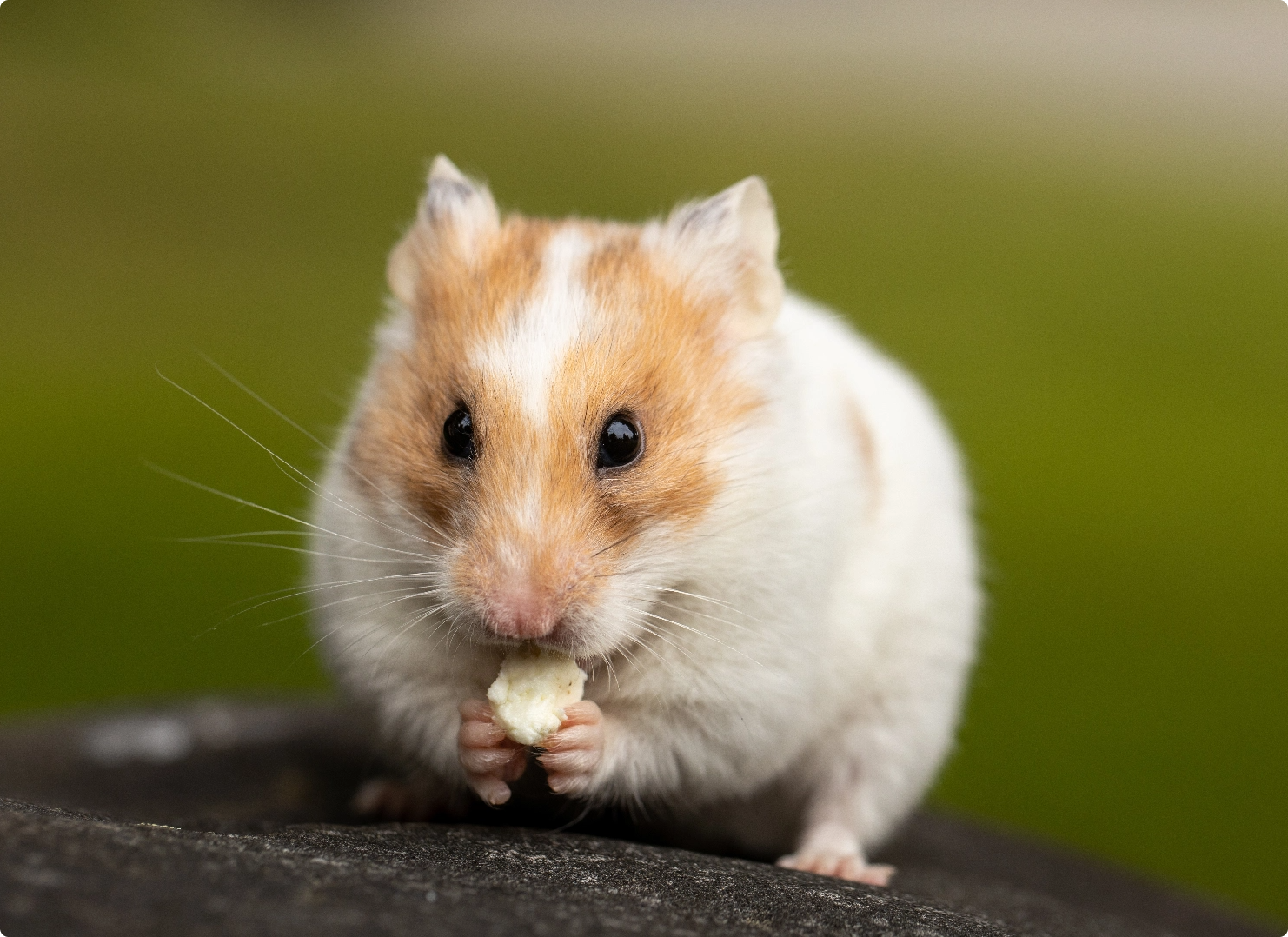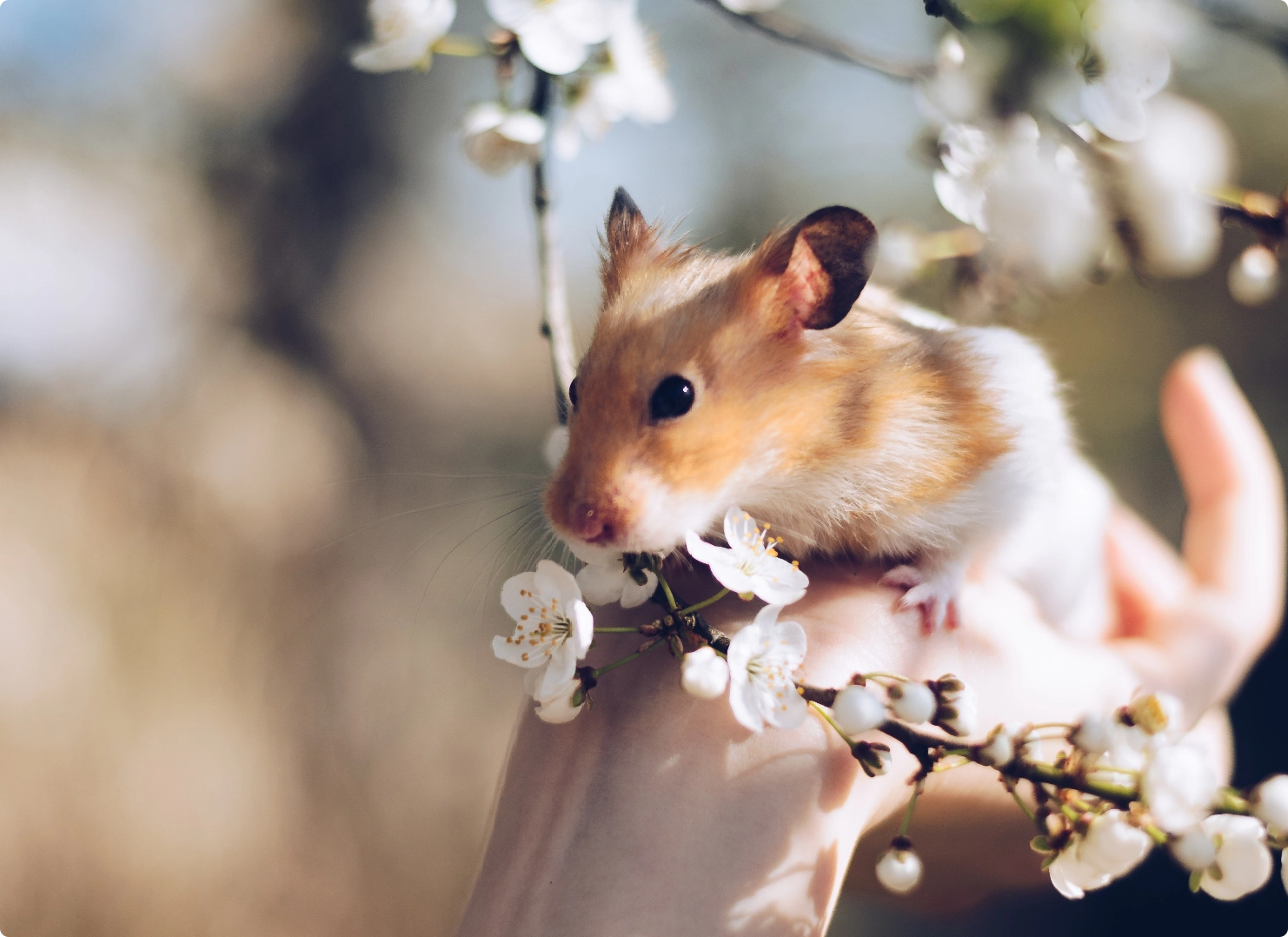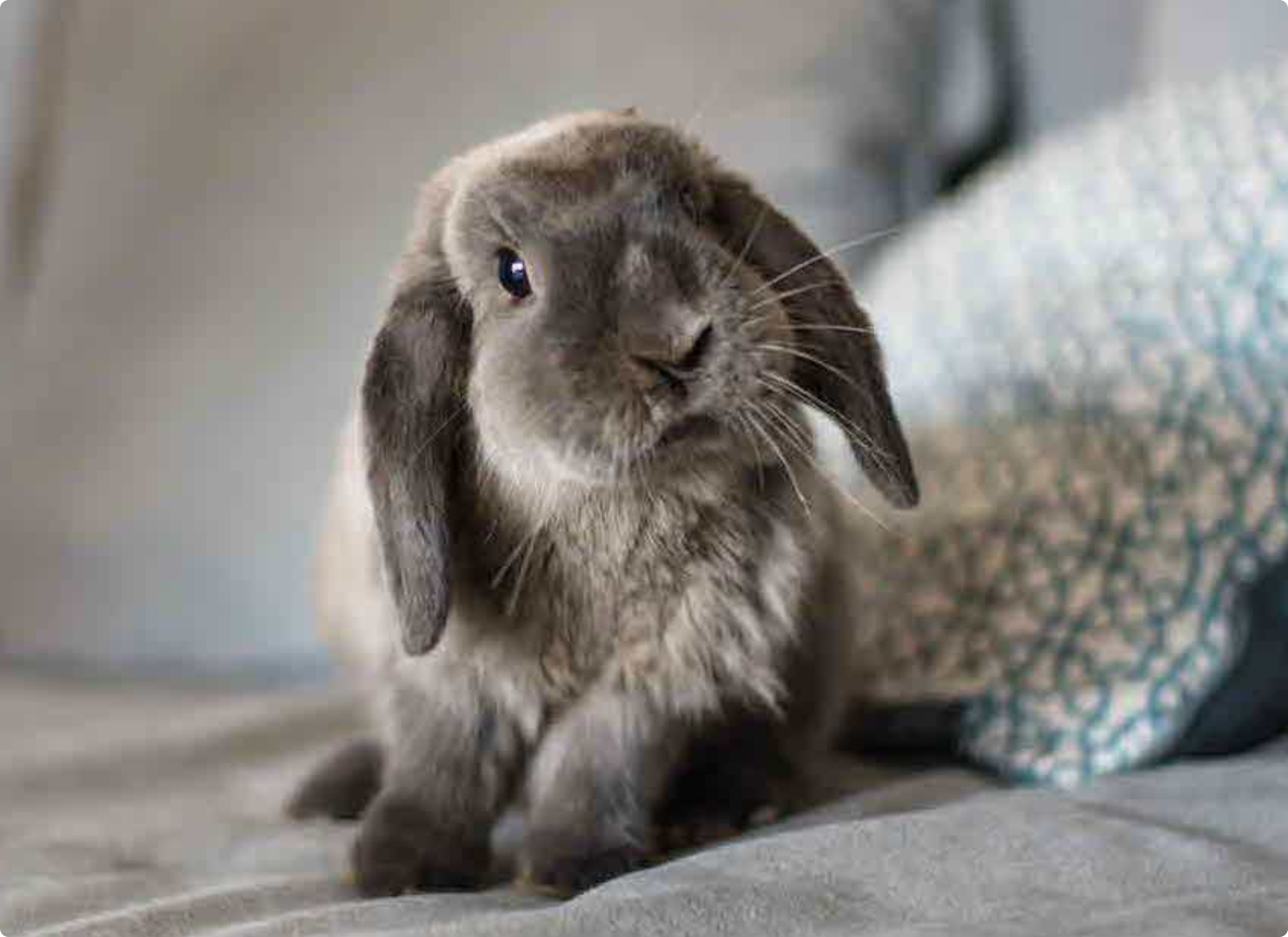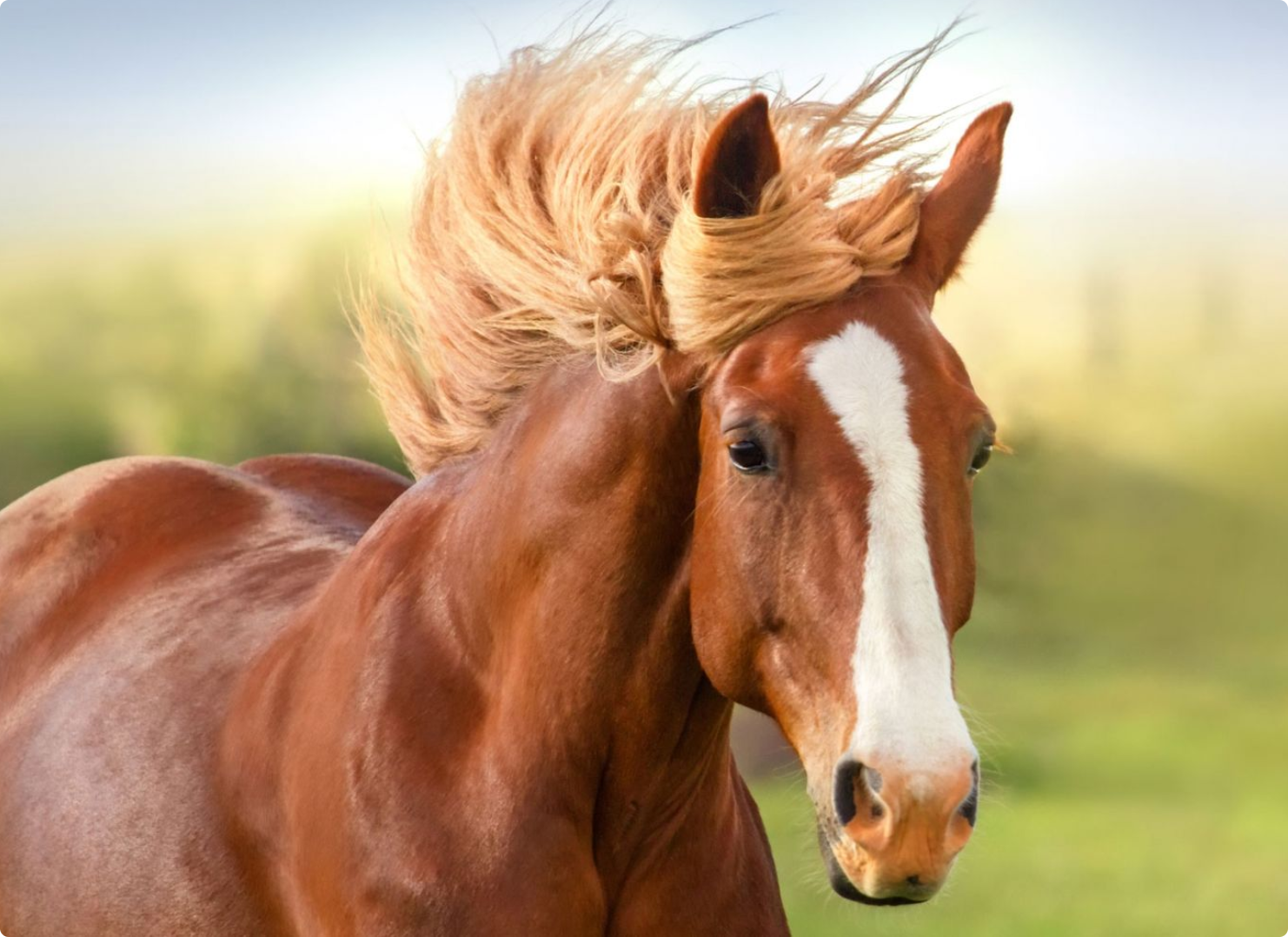
Horse Ownership Is a Big Responsibility With Big Rewards!



Horse Ownership Is a Big Responsibility With Big Rewards!
Before purchasing or taking ownership of a horse, information should be gathered on such things as breeds of horses, temperament, styles of riding and age of a horse to buy.
The level of training of the horse will be important to a new owner, have a horse expert evaluate the horse for suitability.
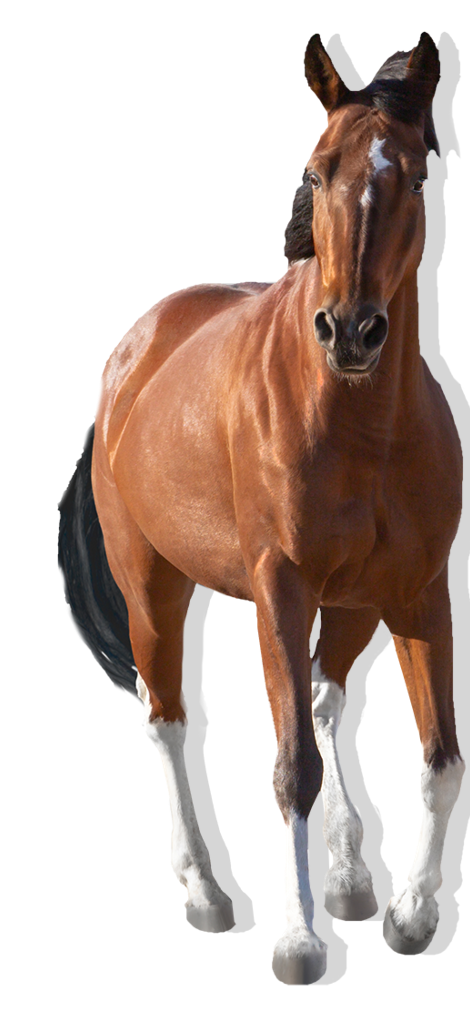
![]() Ask the seller about any injury or sickness the horse may have had.
Ask the seller about any injury or sickness the horse may have had.
![]()
![]()
![]()
![]()
![]()
![]()
![]()
![]()
Housing:
Space and facilities can be a limiting factor to horse ownership. Horses need some protection from the elements.
This can vary from a three-sided shed in the corner of a pasture or corral to a complete stable with box stalls.
Horses without shelter will require more feed in cold weather and more water in hot weather to maintain good health and body condition.
Required Space:
Horses need some area to exercise and move about such as a corral, dry lot or pasture. Shelter or barn can be a box stall 10’ x 10’ to 12’ x 12’, barn ceiling height 8’ minimum (depending on the size of the animal), door 4’ wide x 8’ high.
Preferred stable flooring is clay dirt.
Fencing:
Fencing for horses can vary from traditional board or rail fence to electric wire, the important thing is that the fence be visible to the horse to keep them from running through it or entangling themselves in it.
In case of using electric fence use the wide ribbon wire, which is visible to the horse. One single “hot” wire is not enough to keep horses in the pasture and off the highway. Barbed wire should be avoided.
Housing Cleaning and Maintenance:
Your horse facility should be kept clean and in good repair, make sure the stable is well ventilated with no drafts.
Regardless of where you keep your horse, always be alert for loose boards, nails and any projections that could cause injury.
Keep all wire and hay-bale twine picked up so horses don’t ingest them. This will reduce health problems and injuries.
Feeding and Nutrition:
An average saddle horse (1000 lbs. body weight) will consume approximately 15 to 20 pounds of a combination of hay, pasture and grain (total ration) each day.
The major component of a horse’s diet is good forage such as alfalfa, grass hay or pasture.
Many horses can get their daily nutritional requirements from grazing in a pasture, a mature horse that is not being ridden or worked can be fed a diet consisting of forage (hay or pasture) and given access to a salt or mineral block.
Grain mix (generally oats and corn) should be added to the diet as the horse’s training, work and activity is increased. Young and old horses will need some grain in their diet to increase needed calories.
Pastures:
Before turning a horse out to pasture for the first time, you must condition it to a change in diet, turning the horse out on green lush pasture is dangerous, it can result in founder, colic and/or death. Start out slowly, grazing a few minutes to a few hours a day and increasing over time.
Calculating stocking rates for horses generally, a horse weighing 1,000 lbs. consumes 500 lbs. of forage each month, each region is different depending on amount of rainfall, soil composition, etc… Check with you an expert to find out about pastures in your area.
To make sure your pasture stays healthy; horses cannot over graze the grasses, limit grazing (several hours per day) combined with supplemental feeding on smaller acreage to extend the length of the grazing season. Horses should be turned out for exercise and some grazing. Be ware that over grazed dry land pasture may never recover.
Hay:
If you are purchasing hay, a small rectangle bale of hay can range between 45 and 85 pounds per bale, the amount of hay to purchase and feed should be based on weight of the bales and nutrient value.
Younger horses and high performance horses do well on alfalfa (legume) hays or grass/legume mixes, even younger horses, lactating brood mares and high performance horses require higher nutrients as would be available in alfalfa hay.
Calculating the number of 50 lb. bales to purchase in a season, bale (50 lbs.). 365 days/year x 20 lbs. per horse required/day = 146 bales needed/year
Water:
A horse must have ample clean, fresh water available at all times. A horse will drink 10 to 12 gallons of water per day depending on temperature, humidity levels, ration content and workload.
Quick Facts About Hay:
Legume (alfalfa and clover) hay is higher in protein and energy than grass hay; therefore, you need to feed more (weight) grass hay then legumes. Grass hay will keep the horse busy eating longer, preventing boredom.
Second and third cutting hays are higher in protein and energy than first cutting. However, horses only need 10-12% protein in their feed; second and third cutting alfalfa hay can average 18-24% protein. This hay is also more expensive and you should have your hay analyzed to determine the nutrient value & feed accordingly.
Weeds have limited nutritional value; weed seeds can be passed through the manure and infest your pasture, buy hay that does not contain many weeds, also some weeds are poisonous to horses.
Hay for horses must be mold and dust free.


Basic Health Care and Grooming:
![]()
![]()
![]()
![]()
![]()
![]()
![]()
![]()
![]()
![]()
![]()
![]()
![]()
![]()
![]()
![]()
![]()
![]()
![]()
![]()
![]()
![]()
![]()
![]()
![]()
![]()
![]()
![]()
![]()
![]()
![]()
![]()
![]()
![]()
![]()
![]()
![]()
![]()
![]()
![]()
![]()
![]()
Disposal Or Composting Of Manure
You must have a plan for manure disposal or use, develop a composting project to convert manure and yard waste into a product that will return its nutrients to the soil, this composted organic matter can be used in the garden, landscape or crop fields, fly and insect control also needs to be addressed.



